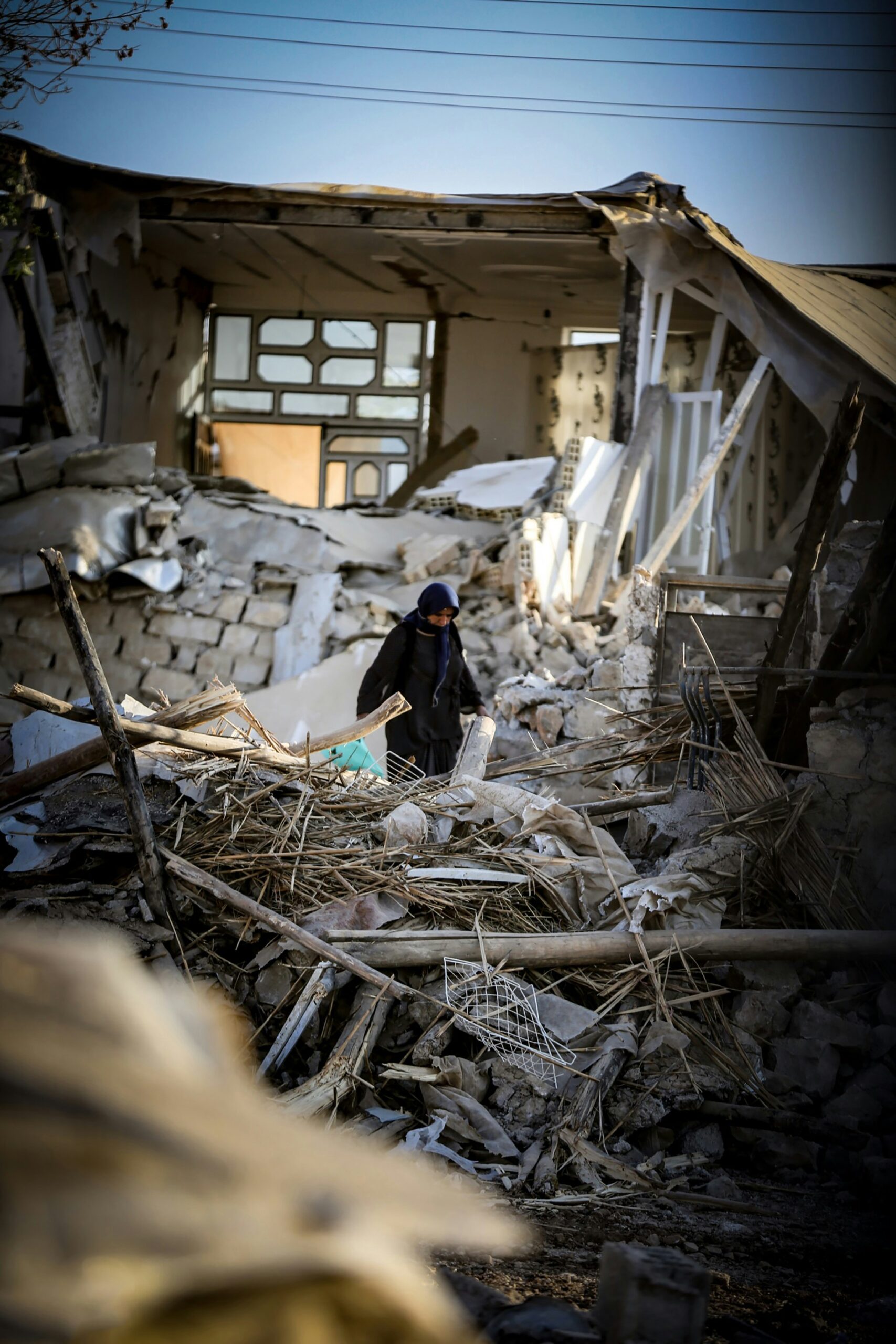Yangon, Myanmar — Myanmar is reeling from the aftermath of a catastrophic 7.7 magnitude earthquake that struck the Sagaing region on March 28, 2025, followed by a series of aftershocks that have continued to shake the country in recent days. As the nation grapples with the immediate repercussions of the disaster, the international community has responded with aid, while a fragile ceasefire has been signed by the military junta to facilitate the delivery of humanitarian assistance to those in need.
The earthquake, centered near Mandalay, has caused widespread devastation, with over 3,000 confirmed dead and thousands more injured. The tremor triggered mass destruction across several regions, leaving entire neighborhoods reduced to rubble and critical infrastructure severely damaged. Hospitals, schools, and government buildings have collapsed, complicating both rescue efforts and the provision of basic services to the survivors. Adding to the tragedy, the country’s weak healthcare system, already under strain from the ongoing political unrest and COVID-19 pandemic, has been overwhelmed with casualties.
In response to the growing humanitarian crisis, several nations have pledged to send aid to Myanmar. The United States, the United Kingdom, Japan, and neighboring countries such as Thailand and India have sent medical supplies, food, and equipment to support search-and-rescue efforts. The United Nations, too, has mobilized its agencies to assist in providing relief, though access to the hardest-hit areas remains a challenge due to damaged infrastructure and ongoing security concerns.
For the first time since the military coup in 2021, the junta has agreed to a temporary ceasefire with ethnic armed groups in the affected regions to allow aid to reach displaced populations. The fragile suspension of hostilities, which was signed earlier in these days, is seen as a positive development in what has been a long and devastating civil conflict. Both the junta and various insurgent groups have pledged to halt hostilities for a limited period, creating a window for humanitarian workers to enter areas that were previously too dangerous for aid to reach. The ceasefire has been hailed by international observers as a step toward alleviating the suffering of Myanmar’s people. However, the agreement is seen as temporary, and there are concerns about how long the ceasefire will hold. Military leaders have pledged to allow foreign aid organizations to assist in providing medical care, food, and shelter, but the security situation in some regions remains unstable, and the ability to deliver aid remains uncertain.
One of the most pressing concerns is the lack of sufficient medical supplies to treat the large number of injured people. Many of Myanmar’s hospitals have been severely damaged in the quake, and makeshift medical centers have been overwhelmed by the volume of patients. International aid agencies are working around the clock to supply medical kits and personnel to assist in the recovery efforts. The United Nations Office for the Coordination of Humanitarian Affairs (OCHA) has reported that approximately 8.8 million people have been affected by the disaster, with at least 1.2 million displaced. The UN has urged the military junta to allow unrestricted access for humanitarian workers to ensure that aid reaches those who need it most.
However, the situation has been further complicated by an alarming increase in attacks targeting aid convoys. On April 1, a humanitarian aid truck carrying vital supplies was ambushed by unknown assailants in the conflict-ridden northern part of the country. The attack resulted in the deaths of two aid workers and left several others injured. The truck was carrying critical medical equipment and food intended for the most devastated areas. This assault highlights the dangers aid organizations face as they navigate a volatile and unpredictable security environment. The perpetrators remain unidentified, but suspicions point to militant groups that have long opposed the military junta’s rule. The attack has sent shockwaves through the international community, prompting urgent calls for better security guarantees for humanitarian workers in Myanmar. Humanitarian organizations have condemned the attack and reiterated the need for all parties involved in the conflict to respect the neutrality of aid efforts. Despite this setback, aid groups have vowed to continue their operations, though the incident underscores the risks of operating in such a hostile environment.
The ongoing threat of monsoon rains, expected to begin in the coming weeks, is adding urgency to the relief efforts. Flooding, landslides, and the spread of disease could worsen the already dire situation for the survivors. The international community is hoping that the ceasefire will provide enough time for critical aid to reach those in need before the weather further disrupts operations. As Myanmar begins the long process of recovery, the country’s future remains uncertain. The dual challenges of a humanitarian disaster and ongoing political conflict leave little room for optimism. The fragile ceasefire and the influx of foreign aid may provide temporary relief, but rebuilding the country will require a long-term commitment from both the international community and the locals. The road ahead for Myanmar is fraught with challenges, but even in the face of such adversities, there is hope.
By Andrea Imperatore
Classe IV C Liceo Scientifico
